Introducing Studio Gallery 2
Bluethumb is thrilled to announce the launch of Studio Gallery 2, a new exhibition space specifically devoted to Indigenous art. Situated within our Melbourne gallery, Studio Gallery 2 serves as a cultural hub showcasing artwork from Indigenous Art Centres in remote regions of Australia. Keep reading to explore the remarkable works by talented First Nations artists!

Tjulpu (bird) by Yuminia Kenta.
What are Indigenous Art Centres?
Indigenous Art Centres, which are Aboriginal-owned and act as artist studios, galleries, and community hubs, offer a place for artists to gather, share stories, and create. The Indigenous Art Centre Alliance (IACA) speaks to the importance of these centres:
“Indigenous Art Centres provide economic and social benefits to their communities and play an important role in promoting cultural maintenance. In many Aboriginal and Torres Strait Islander communities, art sales are the main opportunity for a source of income.”
As a member of the Indigenous Art Code, Bluethumb is proud to have established direct partnerships with some of Australia’s most respected art centres. Discover artworks from the furthest corners of Australia in Studio Gallery 2 and shop art by the world’s oldest continuous living culture.
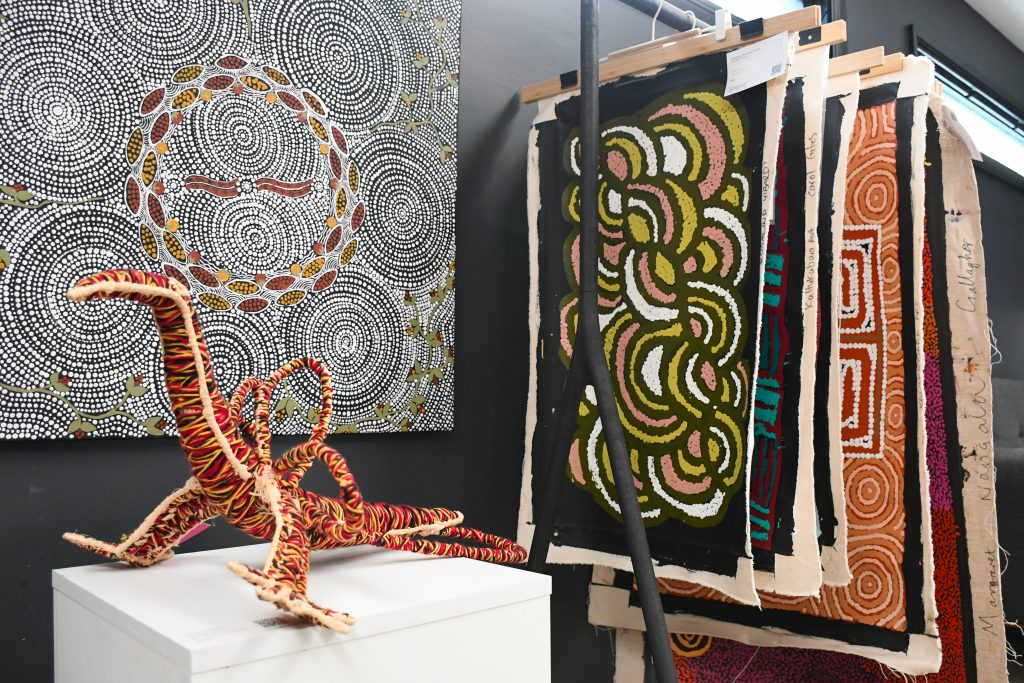
Tjulpu (bird) by Pauline Coombe and Emu Food by Lisa Mpetyan Cooke are displayed alongside a rack of unstretched canvas paintings.
Tjanpi Desert Weavers
Tjanpi Desert Weavers is a social enterprise of the Ngaanyatjarra Pitjantjatjara Yankunytjatjara (NPY) Women’s Council. They represent 400 Anangu/Yarnangu artists from 26 remote communities spanning 350,000 square kilometres across central Australia and tri-state desert regions (WA, SA, NT).
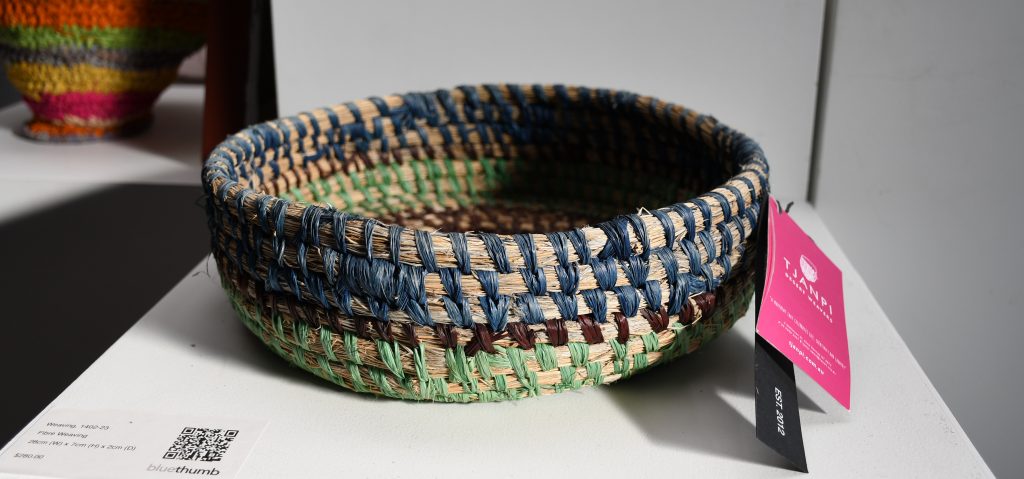
Basket weaving by Rosalyn Ailek.
This vast network of female artists earns an income from contemporary fibre art, including baskets and sculptures made using native grasses, a tradition derived from making manguri rings. Tjanpi means ‘grass’ in the local language, Pitjantjatjara.
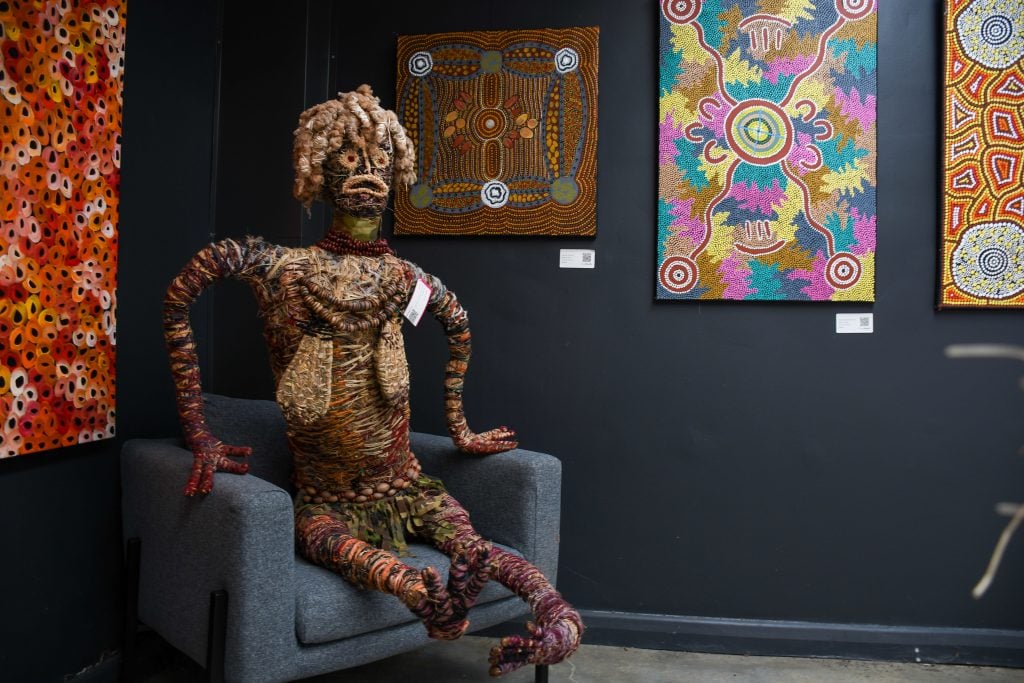
Alkuwari is a life-size sculpture by Roma Butler, who won the Hedland Art Prize in 2018.
Tjanpi Desert Weavers provides art materials, conducts workshops, and facilitates grass collection, allowing women to connect with their culture by gathering food, hunting, and performing inma (cultural song and dance).
Marrawuddi Arts and Culture
Marrawuddi Arts and Culture is owned and governed by the Mirarr Traditional Owners in the Kakadu National Park. Engaging over 500 artists, the centre showcases art from across Kakadu and West Arnhem Land. Marrawuddi is the Kundjeyhmi word for the White Belly Sea-Eagle, a bird commonly found on Country.
A Marebu is a traditionally woven mat made from natural, locally sourced materials from the Kakadu/West Arnhem Region. Weavers gather fresh kunngobarn (pandanus) from the young leaves in the middle of the palm using a hooked stick called a manmarli.
Once harvested in large quantities, the Kunggobarn is striped into two, split into fine strands, and dried. Once dried, the pandanus is ready for dying. Natural dyes are also collected out in the Country at various times of the year, depending on weather systems.
Maningrida Arts & Culture
Maningrida Arts & Culture represents artists living across 7,000 square kilometres of land and sea and over 100 clan estates in the Northern Territory. Artists carve the bodies of ghost spirits from wood and dress them in different patterns. For example, Warraburnburn is decorated with uniform dots, while others are painted entirely in white ochre. Others have a design painted on their chest infilled with rarrk (cross-hatching)—the same design painted onto japi an-guyinda (male initiations).

Facial expressions give both individual characters and denote the potential volatility and humour that mimih spirits are notable for in their interaction with bininj (humans).
Ghost spirits are believed to know the country intimately. Some are thought to lead people astray, while others show humans back to familiar paths and camps. Maningrida Arts & Culture says, “The depiction of this particular spirit being, once used as an addition to the sharing of song cycles and ceremony, has since been elevated to a prominent form and subject of contemporary sculpture.”
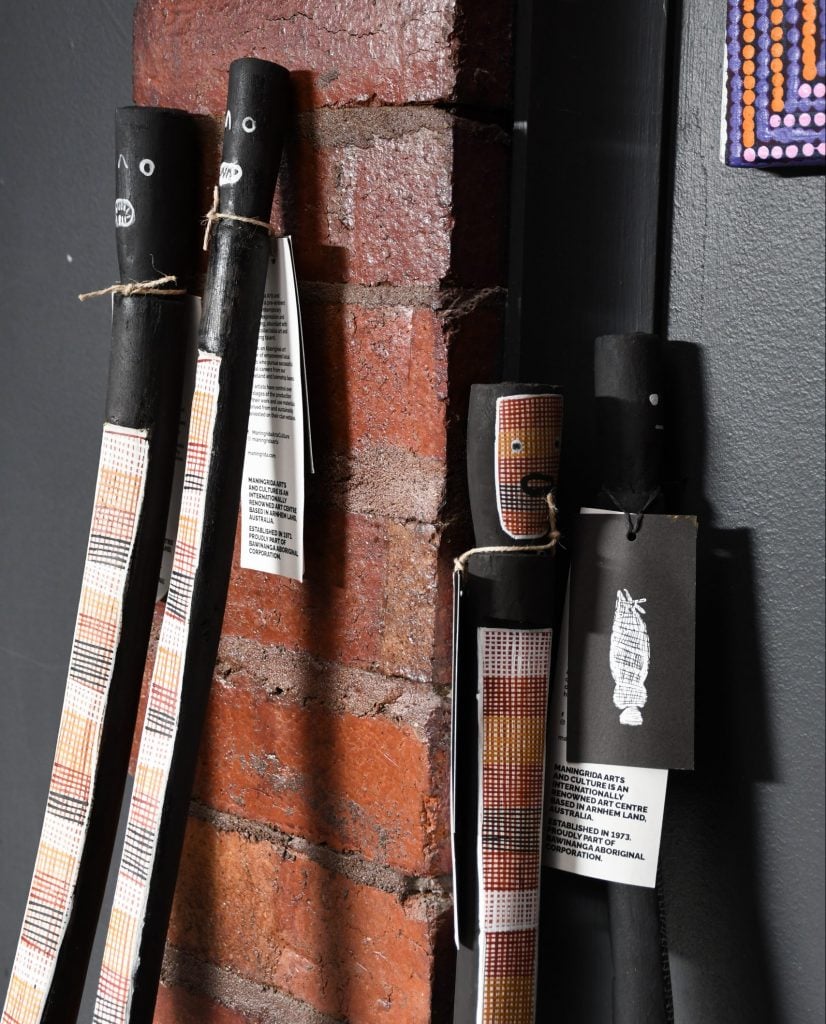
The sculptures are frequently carved from the thin trunks of softwoods and painted with earth pigments.
Explore and shop ethically sourced Indigenous art in Studio Gallery 2 today!

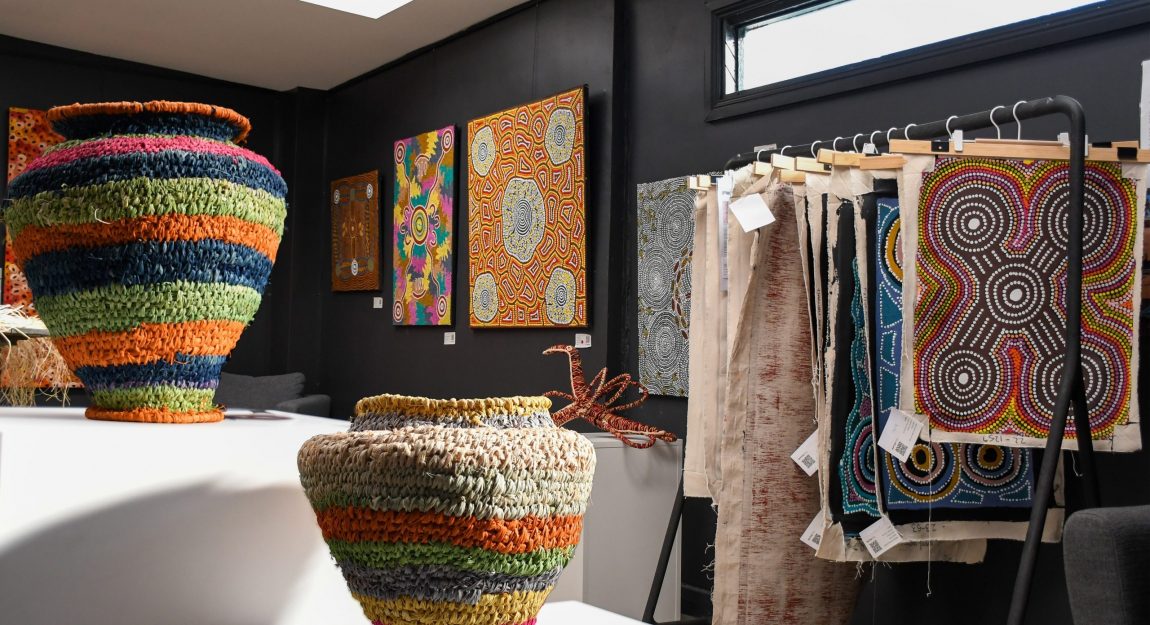

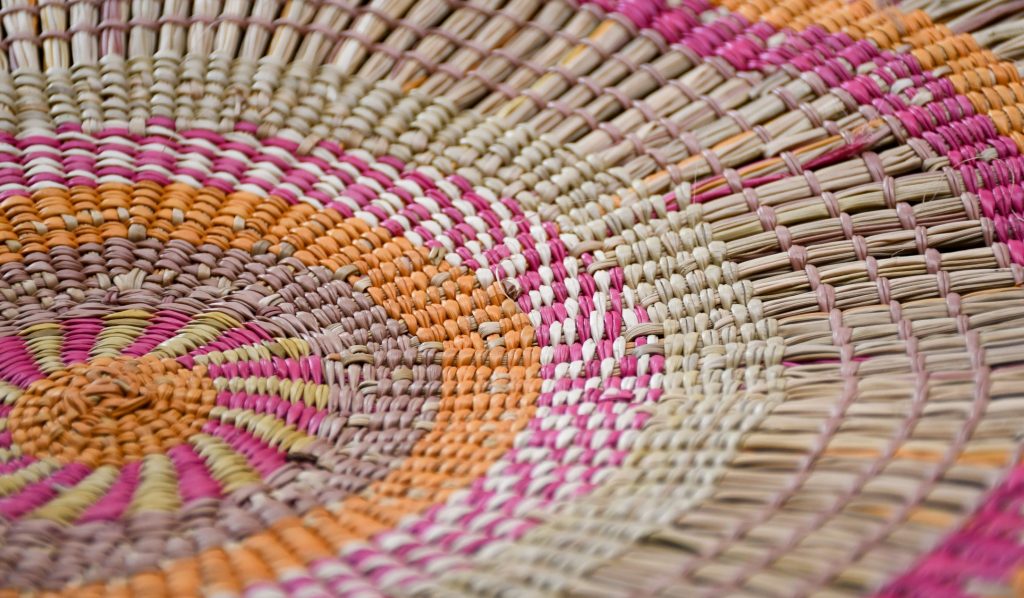

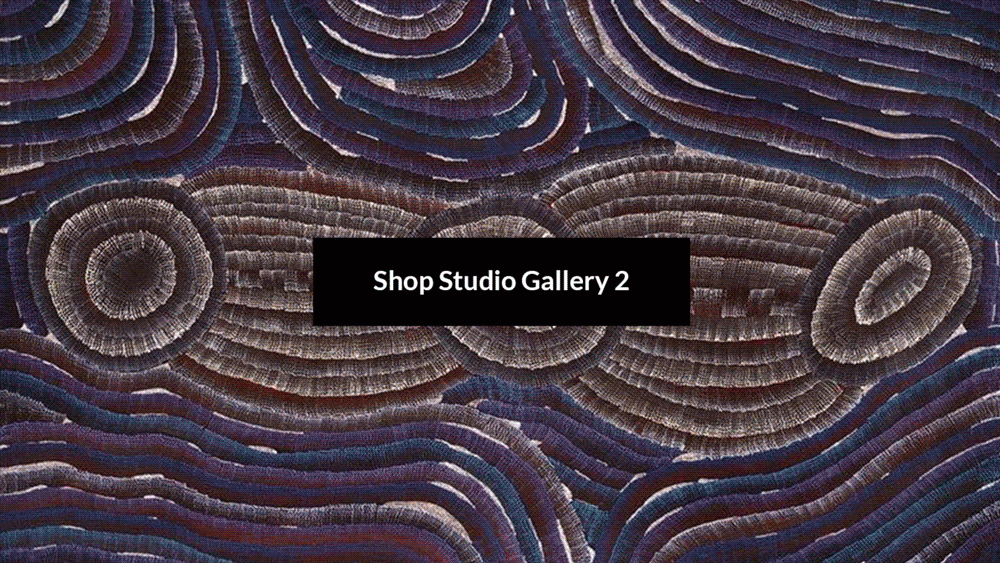

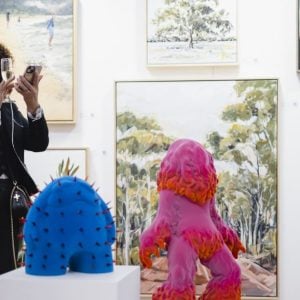
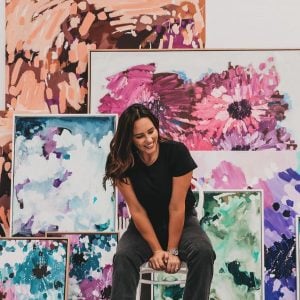
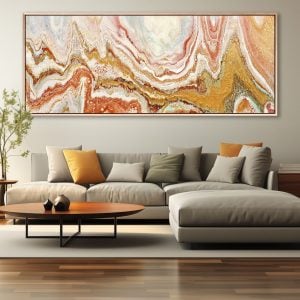







I have eight aboriginal dot art paintings that I would like to sell. The aboriginal artist has now passed away.
Can I sell these artworks on blue thumb?
Regards,
Darren Henderson
Hi Darren,
Thanks for your enquiry. We only sell art direct from the artist and currently do not offer re-selling services.
If you are after an evaluation of the artwork we recommend you approach auction houses.
All the best with your endeavour,
Eden